Good skin is an essential thing for both ladies and gentlemen around the world. That is why people devise good skincare routines to keep themselves young and appealing to their partners. Today we will be going over the steps in a good evening skincare routine for those who may be interested. A good routine removes gunk left from the day and adds moisture to the skin, thereby enhancing your beauty which is an integral step. On top of this rejuvenation, it can also help treat dry skin, acne, hyperpigmentation, or fine lines as you sleep. If all this is not enough, going to bed with a fresh face also allows your skin to repair itself as new skin cells work hard to repair skin damage. Here are some steps you can include in your regimen so you can have a great skincare routine.
Step 1: Cleanser

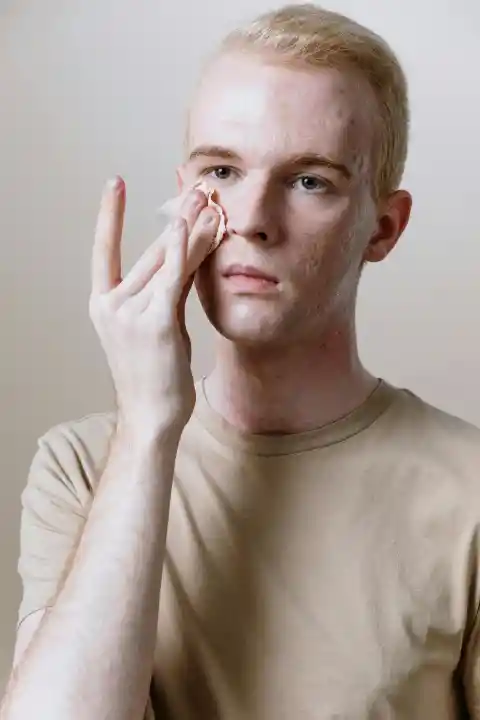
The importance of the cleanser can never be undermined. You see, cleansing your face at night removes any dirt and oil you accumulate throughout the day, thereby clearing your skin. You can use the same gentle, oil-based, or acne-fighting cleanser morning and night as it is just as effective. You might then ask; if the products are the same, what’s the difference? Well, the main difference to a nighttime cleansing routine is you may also need to remove makeup with an oil-free makeup remover or double cleanse. That makes your evening routine even more hectic. One thing you may also need to keep in mind is the skin type considerations. Not everything works for everyone, so be particular about this. If you have oily, acne-prone skin, remove makeup with an oil-free makeup remover or micellar water to avoid clogging your pores. Sensitive and dry skin types may also benefit from double cleansing with an oil-based cleanser or balm that removes makeup and hydrates the skin. By following this ruleset you are one step toward having good skin
Step 2: Toner


Some people end up being extra. You see, applying a nighttime toner with a cotton pad or splash to the face is not necessary. However, that’s not to say it's useless as nighttime toning can help hydrate dry skin or remove leftover grime after cleansing. You can also swap your usual morning toner for an exfoliating toner at night. On top of this, you can use an exfoliating toner once or twice a week to help remove dead skin cells and unclog pores. That will go a long way for your skin. As for the skin type considerations, you can still use hyaluronic acid or rose water toners to hydrate dry skin at night. Oil-absorbing salicylic acid or witch hazel toners also help control nighttime oil production which is a problem for most. Combination, normal, and oily skin types can also benefit from exfoliating toners with alpha-hydroxy acids (AHAs) like glycolic acid or salicylic acid.
Step 3: Spot Treatment
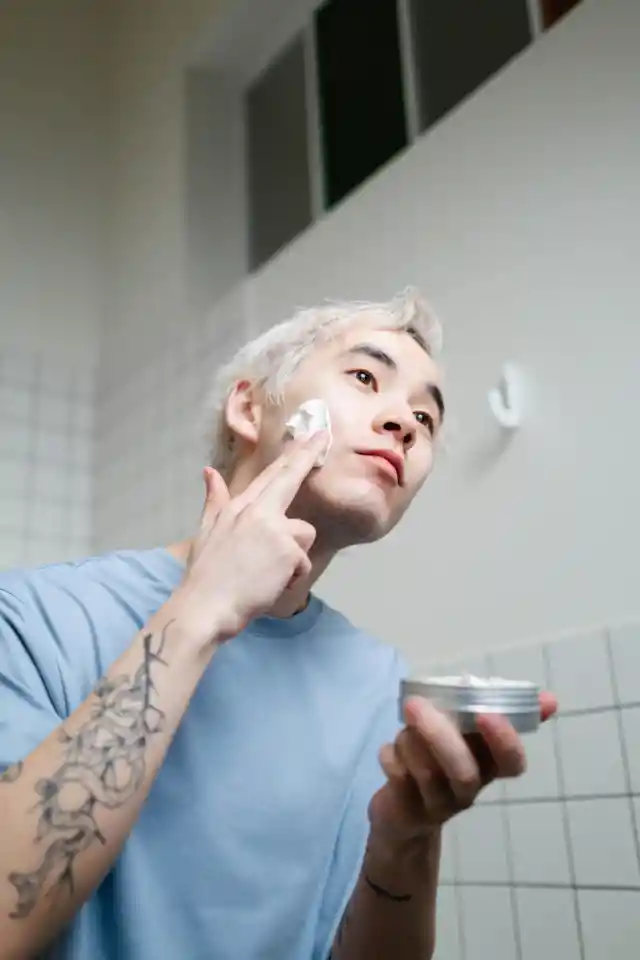
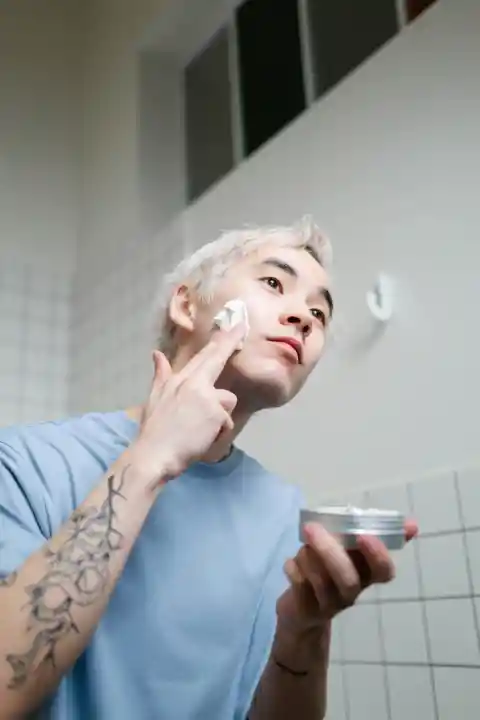
Despite what people may tell you, you can continue to use a spot treatment to zap pimples or fade dark spots at night. This can include applying a benzoyl peroxide or salicylic acid treatment for pimples. Alternatively, you can use a hydroquinone or kojic acid treatment for hyperpigmentation to make it go how you want it to. The skin type considerations to keep in mind are these. Firstly, avoid applying additional serums or retinol treatments to areas where you used a spot treatment as this might have an adverse reaction. Also, for those that have trouble with irritations, it's best to alternate the nights you use spot treatments, serums, and retinol are even better to avoid irritation. You can also use hydrocolloid patches at night to help treat open pimples as you sleep. Trust us, your skin will thank us for this.
Step 4: Serums or Acne Treatments
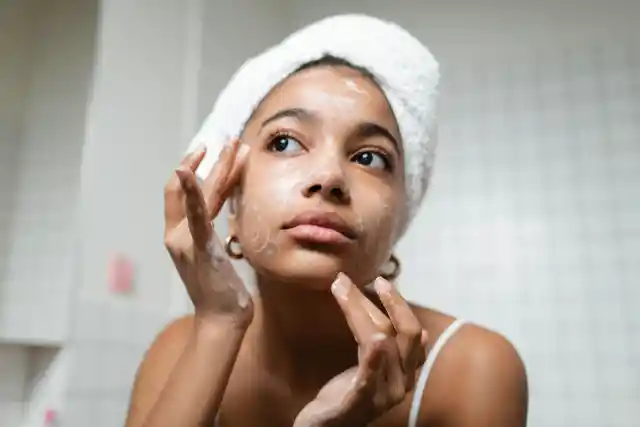
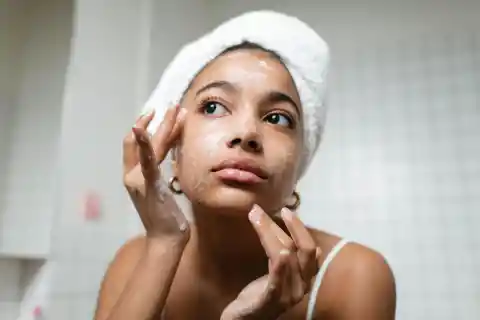
We know that many of you have been duped with useless treatments or serums over the years, Though we will not market any specific brand just know that adding these to your routine can help treat acne and fine lines. Just make sure you only pick one to avoid irritating your skin with too many active ingredients. Some serums also act as a chemical exfoliator—removing dead skin cells that dull skin and clog pores. As I’m sure you already know the wonders this will do for your skin and vitality. Oh and as for the ever-crucial skin type considerations, try a hydrating serum with hyaluronic acid, vitamin E, peptides, or ceramides if you have dry skin. Dry and oily skin types can use AHAs like glycolic and lactic acid to hydrate, exfoliate, and smooth fine lines, which will help make things better. These AHA serums can also help treat blackheads and pimples which naturally helps the skin of people. A salicylic acid or azelaic acid serum can also help unclog pores and reduce inflammation if you have acne.
Step 5: Retinol


Depending on the state of your skin, retinoids, and retinol are vitamin A derivatives that help treat acne and fine lines. These ingredients stimulate cell turnover and promote collagen production to help improve overall skin texture and prevent clogged pores. Truth be told, this may be exactly what your skin needs. However, it’s best to keep in mind that retinol and other retinoid treatments make your skin sensitive to the sun and should always be used at night. Also, if you're new to retinol, it can be irritating, so apply a pea-sized every other night to maintain consistency.